Ron and Diane McGinty go to Indochina
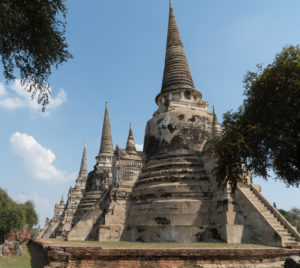 More than fifty years ago I was in marine boot camp in San Diego, learning the skills of battle. We were to fight communism. One may ask, what single action started the Vietnam war? “None” would be the answer. We were fighting a concept of North Vietnamese Communists taking over most of Indochina. The Vietnamese were fighting for their homes and country, most did not know what Communism was.
More than fifty years ago I was in marine boot camp in San Diego, learning the skills of battle. We were to fight communism. One may ask, what single action started the Vietnam war? “None” would be the answer. We were fighting a concept of North Vietnamese Communists taking over most of Indochina. The Vietnamese were fighting for their homes and country, most did not know what Communism was.
At the end of the war, no one won, but sadly the losses were colossal. “Anyone who isn’t confused really doesn’t understand the situation,” mused Edward R. Murrow. Indochina is comprised of Vietnam, Laos, Cambodia, Thailand, Myanmar and West Malaysia. Our trip encompassed Vietnam, Cambodia, and Thailand over fourteen days, leaving more on the bucket list.
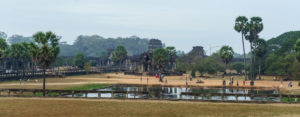 Hanoi is the country’s cultural epicenter of changing dynasties. History has a way of spanning centuries in just a few moments. You can see the One Pillar Pagoda from the first Vietnam dynasty to Ho Chi Ming’s home. Overnight in Ha Long Bay offers an opportunity to cruise on a classic junk boat to journey through massive and striking limestone mountain islands.
Hanoi is the country’s cultural epicenter of changing dynasties. History has a way of spanning centuries in just a few moments. You can see the One Pillar Pagoda from the first Vietnam dynasty to Ho Chi Ming’s home. Overnight in Ha Long Bay offers an opportunity to cruise on a classic junk boat to journey through massive and striking limestone mountain islands.
There are many fishermen families living permanently in their boats. Ironically, their supermarket is a small boat loaded with food and necessaries. I asked myself where do the dogs go to the potty? While in Vietnam a must-see is the Cu Chi Tunnel network, a key Vietcong resource during the Vietnam War. If you are small, agile and not claustrophobic, you can crawl through the small tunnels, once navigated by Vietcong guerrillas. For those old enough to remember the Vietnam war, you understand why the Vietnamese would be the last man standing, though it may be underground. Danang and Ho Chi Minh City (Saigon) over the next few days
completed our tour of Vietnam.
In Cambodia, near Siem Reap are the ruins of Angkor Thom and Angkor Wat. The ruins are exceptional in beauty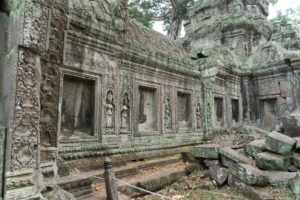
with tree roots that hold a death grip identical to an octopus. Angkor is the largest religious shrine in the world, known as the Temple City. It was built in the 12th century as a Hindu temple and later became a Buddhist temple. Angkor is a source of national pride for Cambodia and is represented on their country’s flag. The thrill of
a sunrise shining on the temples is a necessity to fully appreciate the exquisiteness. An old proverb, “Seeing Angkor is humbling because you see what a tiny space you occupy in the world,” gives 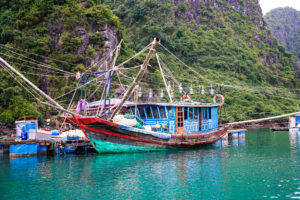
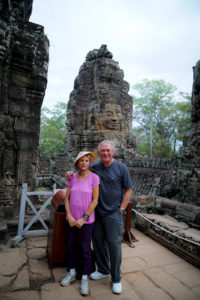 perspective.
perspective.
In Bangkok, Thailand, you will experience unique street scenes to reminisce about. One such scene was an aquarium with small fish to clean the dead skin off your feet. The tickling was too much to handle. A long day of walking is remedied with a message for only fifteen dollars. Life along the Chao Phraya River is comprised of canals with traffic jams of boats. Here the people sell food, crafts and unique local artifacts. It is said humans can normally perceive ten million colors, consequently, one could go into sensory overload on these canals.
The variety of colors is beyond words; and it personifies the words “in living color.” You see selfie poles in every boat trying to get that next Christmas card picture. The markets are family businesses with children helping their parents.
Next trip, mainland China in April 2018! www.Ronmcginty.com



Leave a Reply
Want to join the discussion?Feel free to contribute!